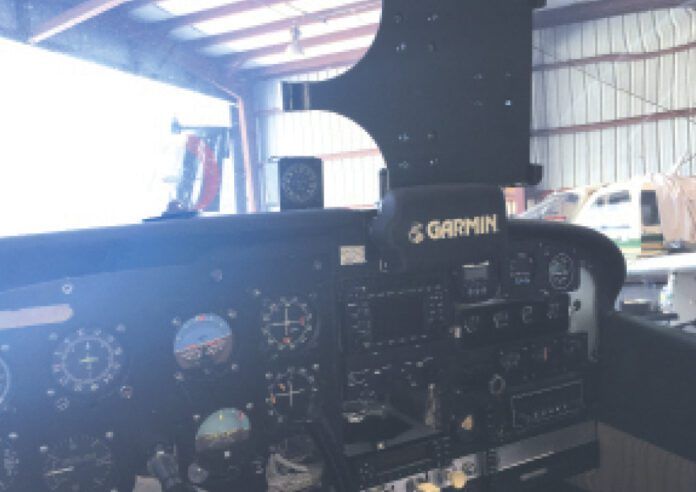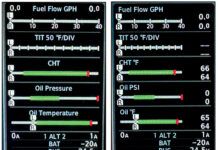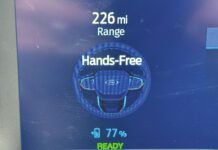General Aviation is quite safe, still largely due to the see-and-be-seen principle. Recent technology advances aid that mandate, but we still should see traffic to avoid it. Let’s take a survey: Raise your hand if you have some kind of electronic traffic display in your aircraft, either certified or portable. Hmmm… With an informal count, it seems most of you out there do indeed have electronic aids.
Now, do you look outside for traffic or do you spend most of your time looking for nearby targets on that display? I would posit that looking outside should be your first line of defense. Sure, the display can help you keep track of traffic you can’t spot visually and even help you initially acquire the traffic visually, but avoiding traffic is still best done visually as there can be a slight delay in electronic traffic presentations.
Years ago (long before ADS-B) a friend of mine got a new TAA and he and his mentor pilot took me for a local ride. I sat in back, watching what was happening up front. The technology that plane possessed was amazing. It even had an active-traffic display. Upon returning to our home ’drome they were so enthralled with that traffic display that they were glued to it, even as they entered the non-towered traffic pattern at what was probably 50 percent faster than pattern traffic. I was just a simple VFR pilot at the time, but I thought that at least one of them should have been looking outside.
I hope you spend most of your time looking outside, but the reality is that many of us place too much emphasis on those captivating displays. I know I have. Take a look at the photo to the right. This owner believed that seeing his tablet for, presumably traffic and weather, was so important that he mounted it where it was right in his line of site. So much so that, well, it might be difficult to see traffic out the window.
While I applaud this owner for wanting the information on his tablet to be in his larger scan, not risking vertigo by having to lower his head to a handheld tablet or even one mounted on his knee or on the yoke, we must remember that the tablet is supplemental. Supplemental to what? Well, supplemental to everything, but specifically just to visually acquiring the traffic with a view through the window using the the ol’ Mark One iBall.
But, let’s not pick on tablet users too much. Those of us with all that information available on certified displays in the panel also have the same tendency to rely too much on the gadgets and gewgaws instead of our own biological capabilities.
As I like to remind recurrent clients, all that stuff is wonderful and aids our overall situational awareness. But, if something goes wrong and there’s an investigation, it’s always the pilot who’s violated. At no time in the history of the FAA has a violation ever been given to an EFIS.
Oh, and please don’t call that traffic display a fish finder. There are no fish up there.





